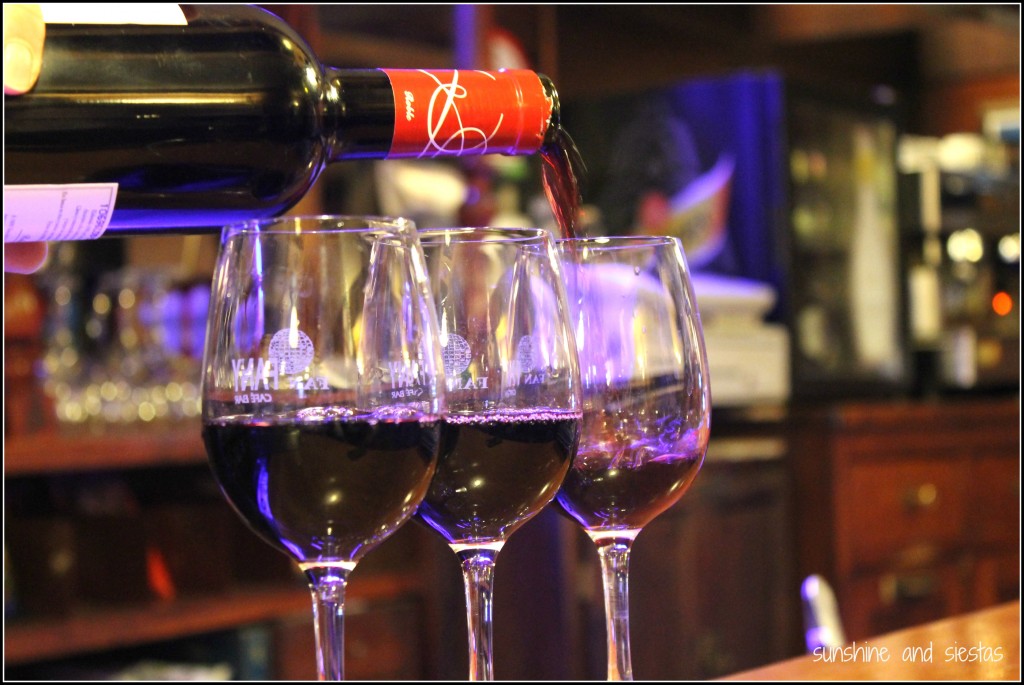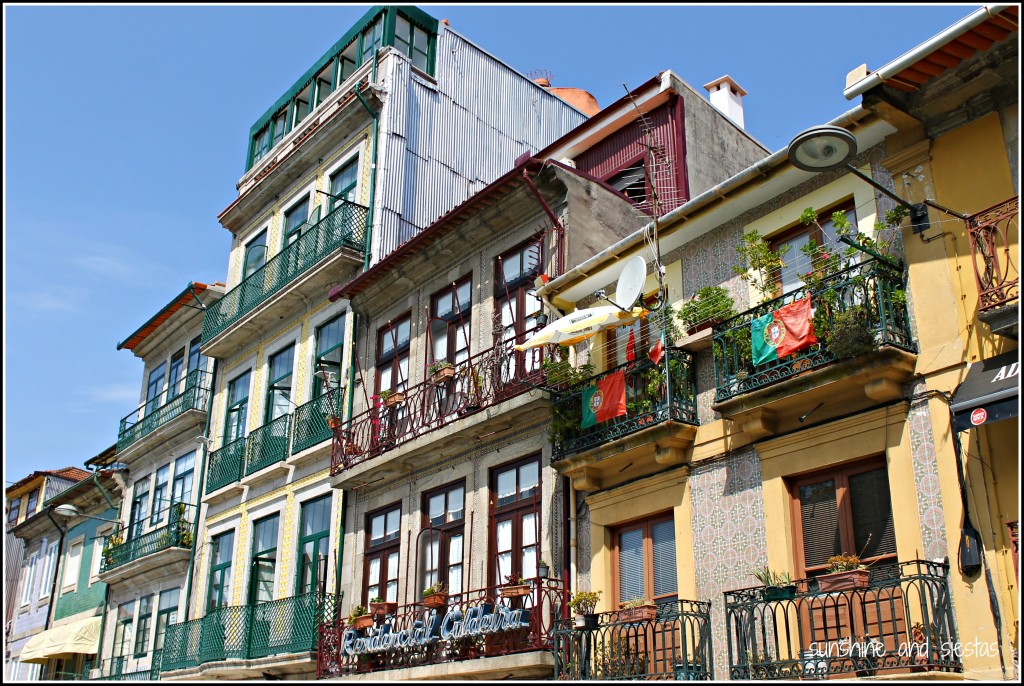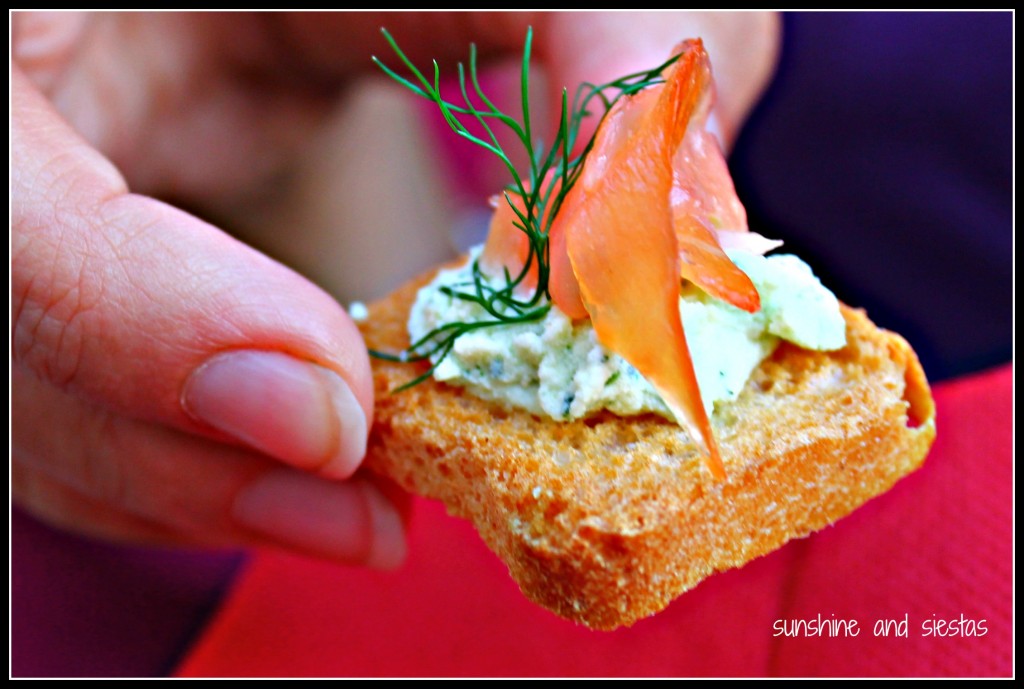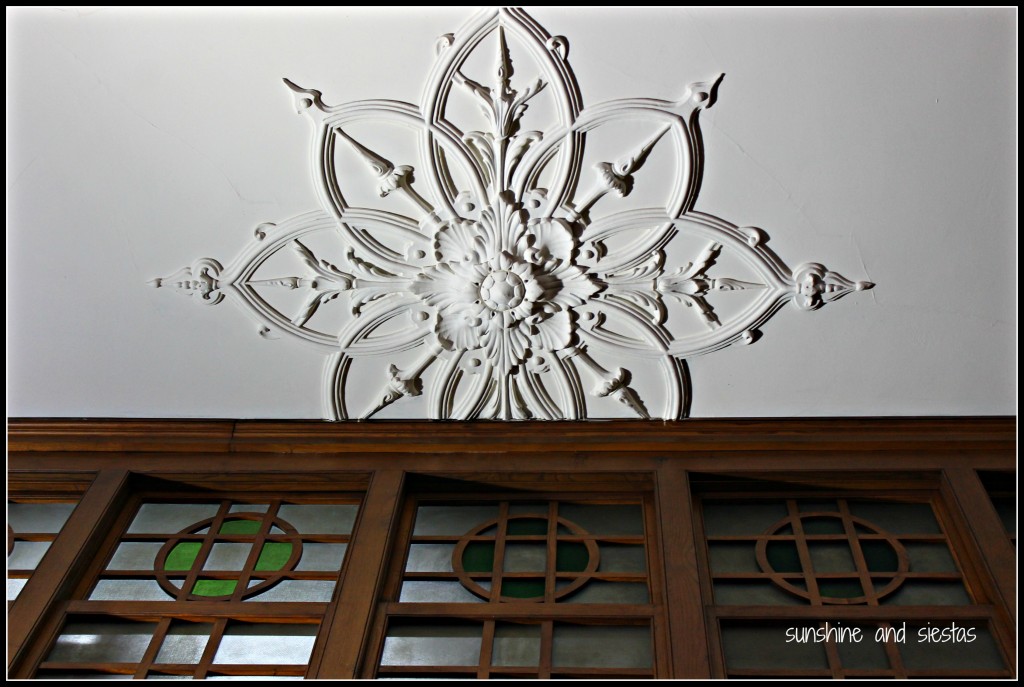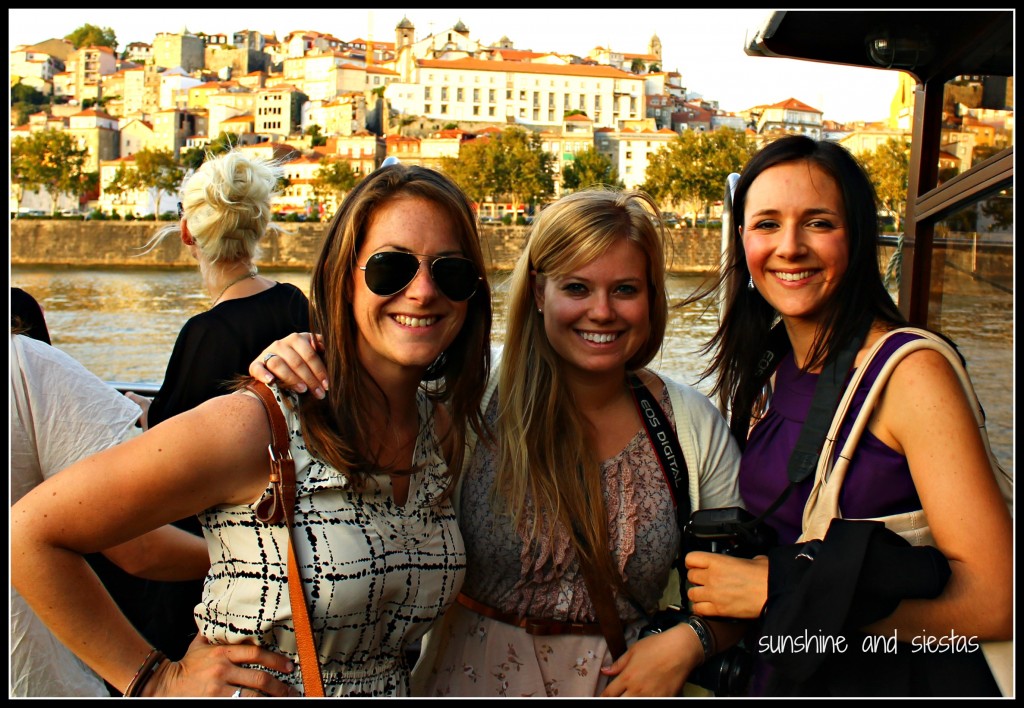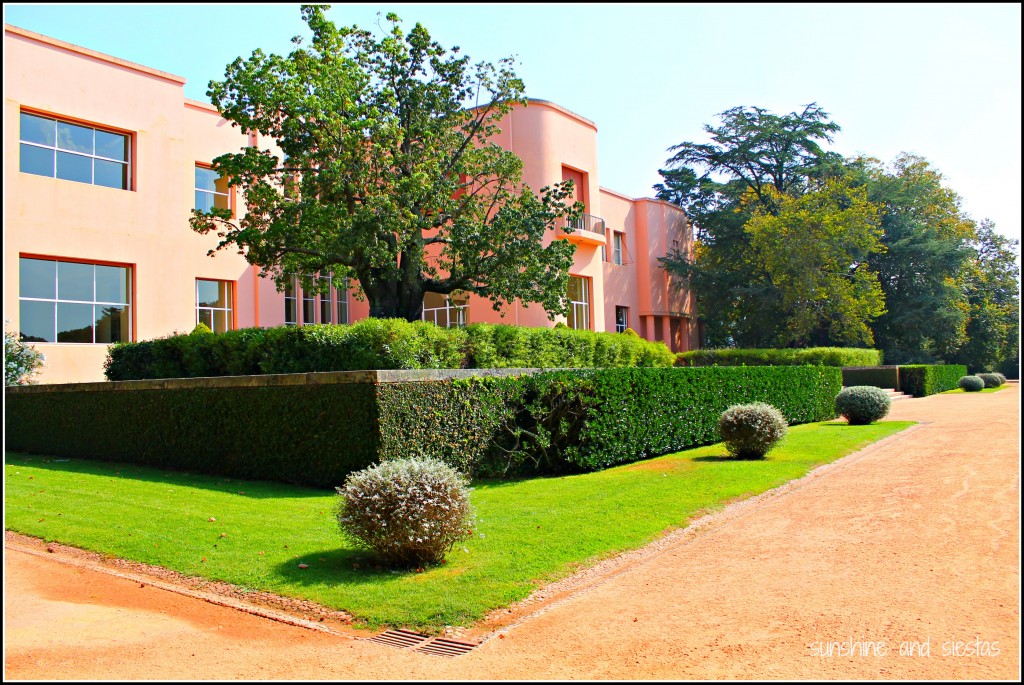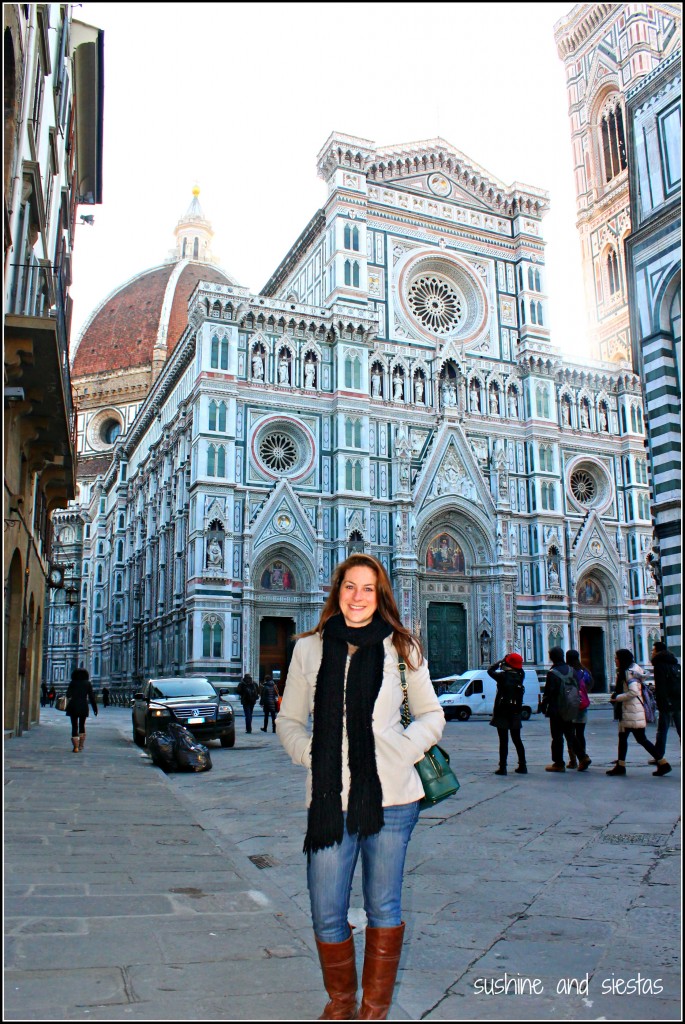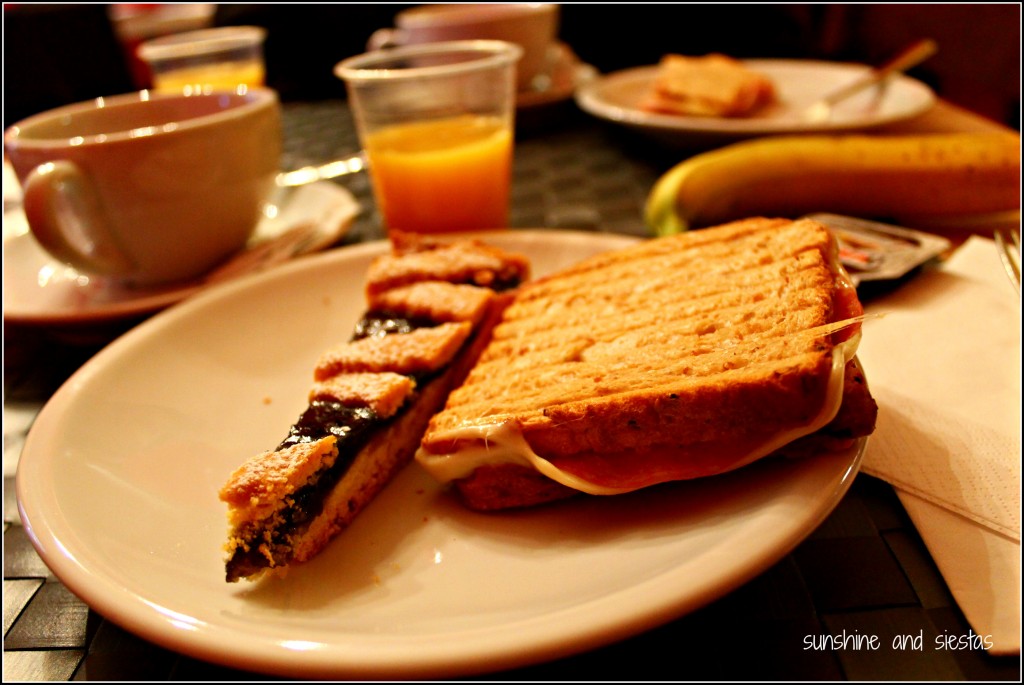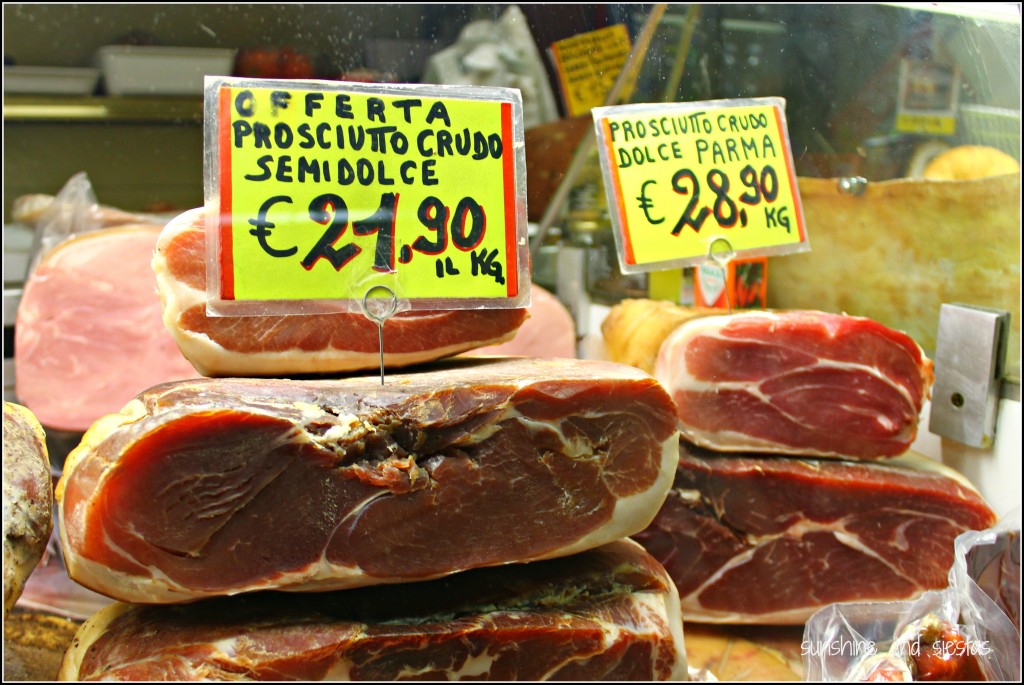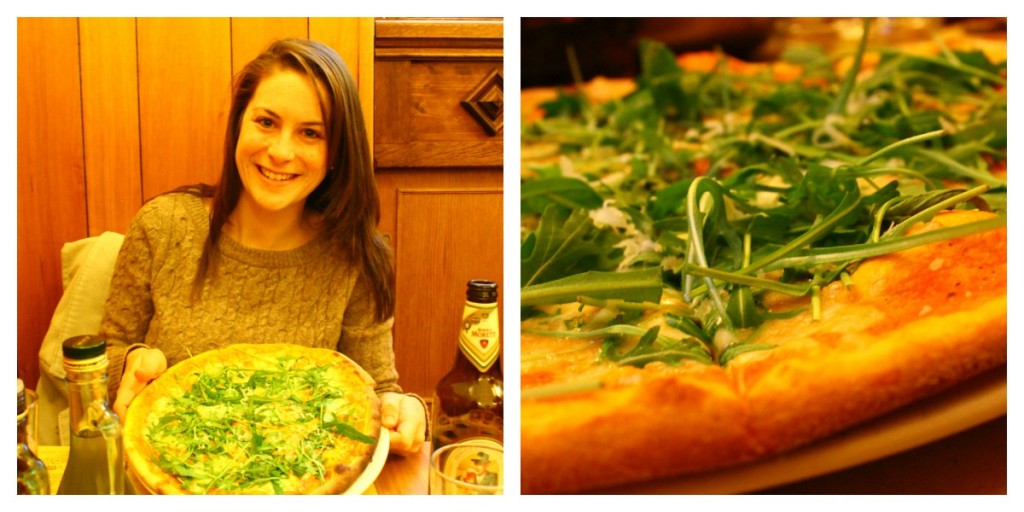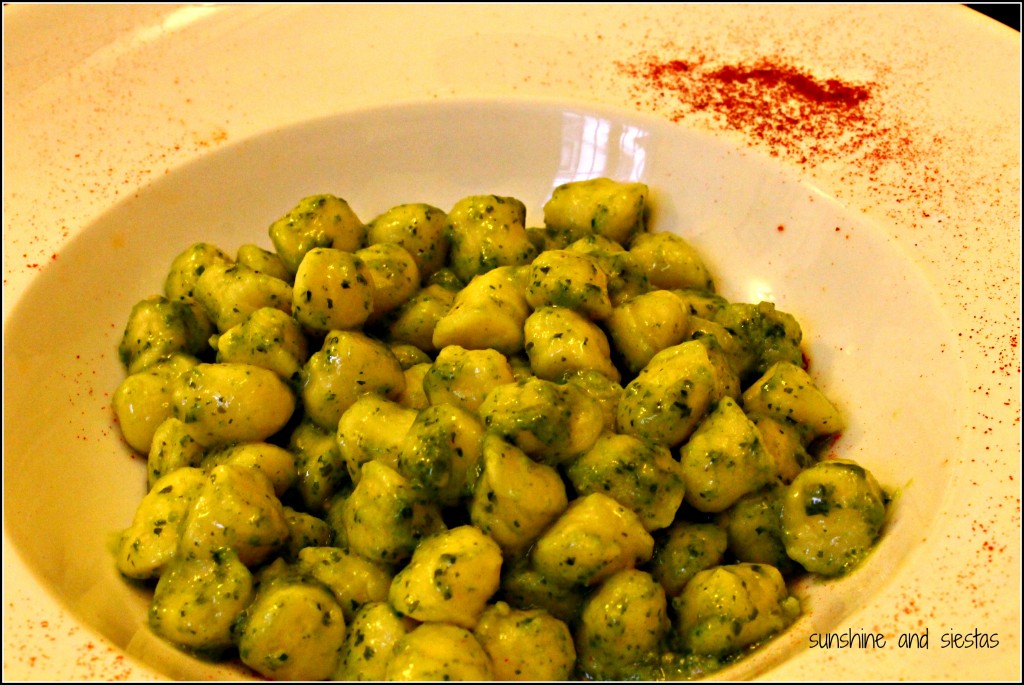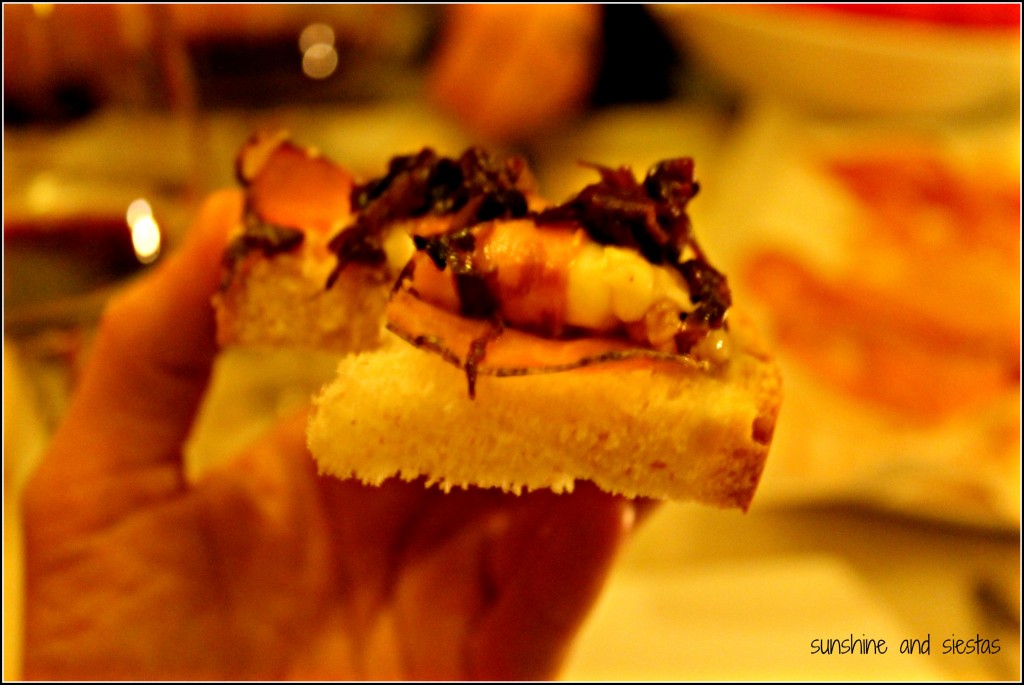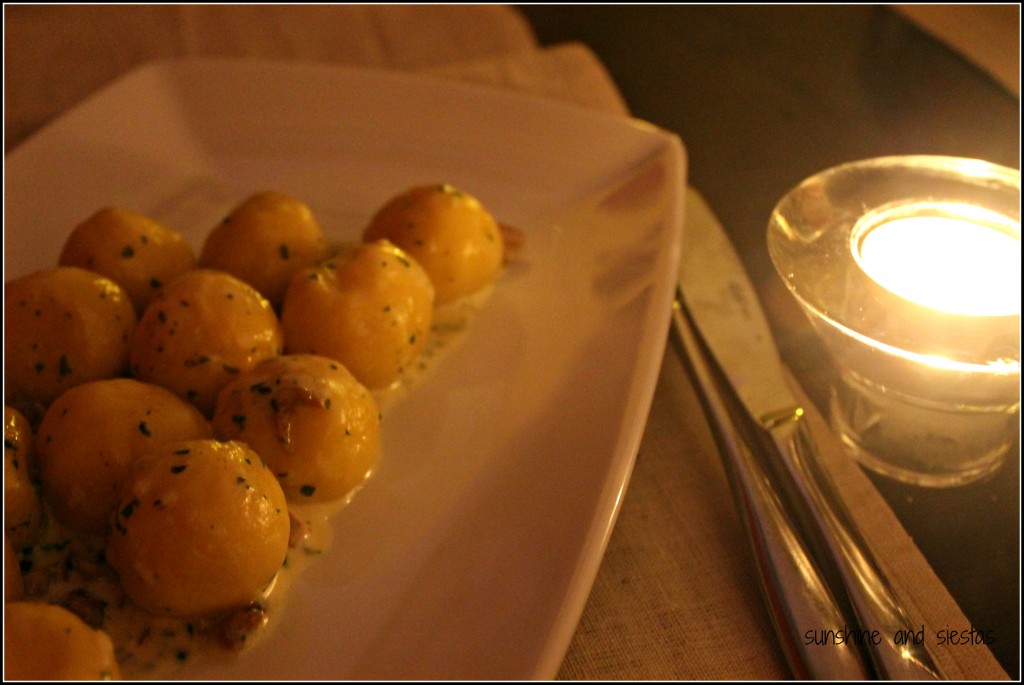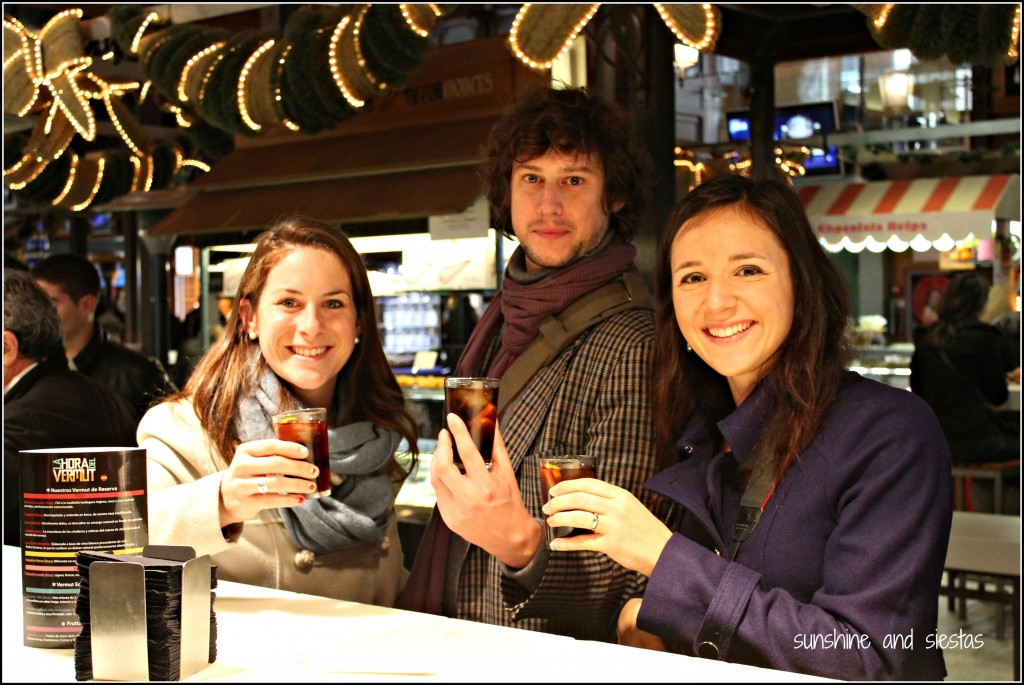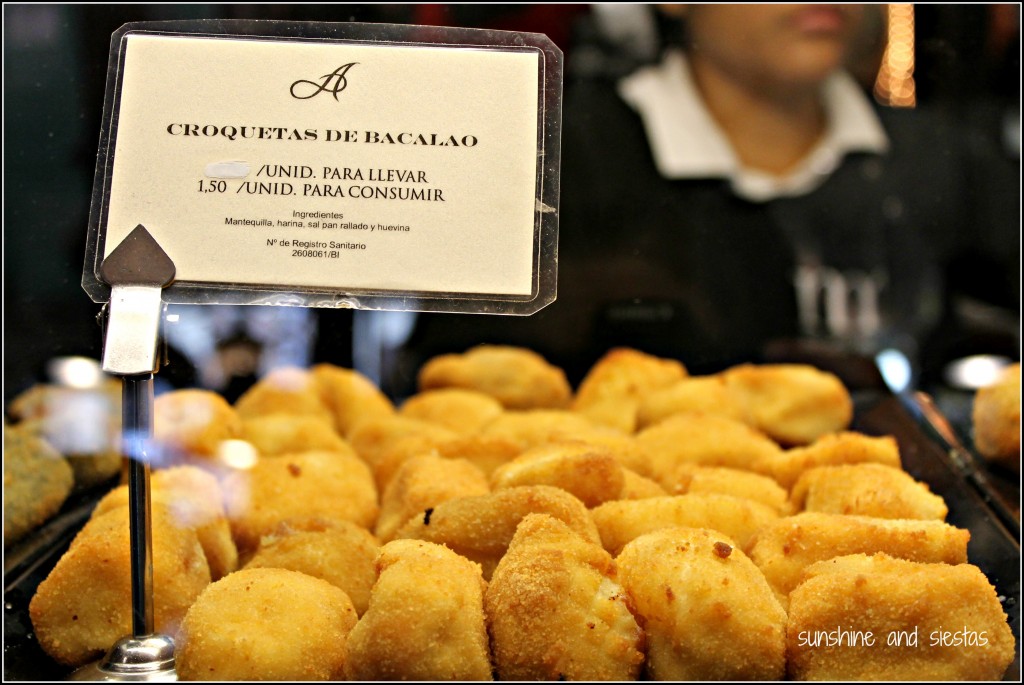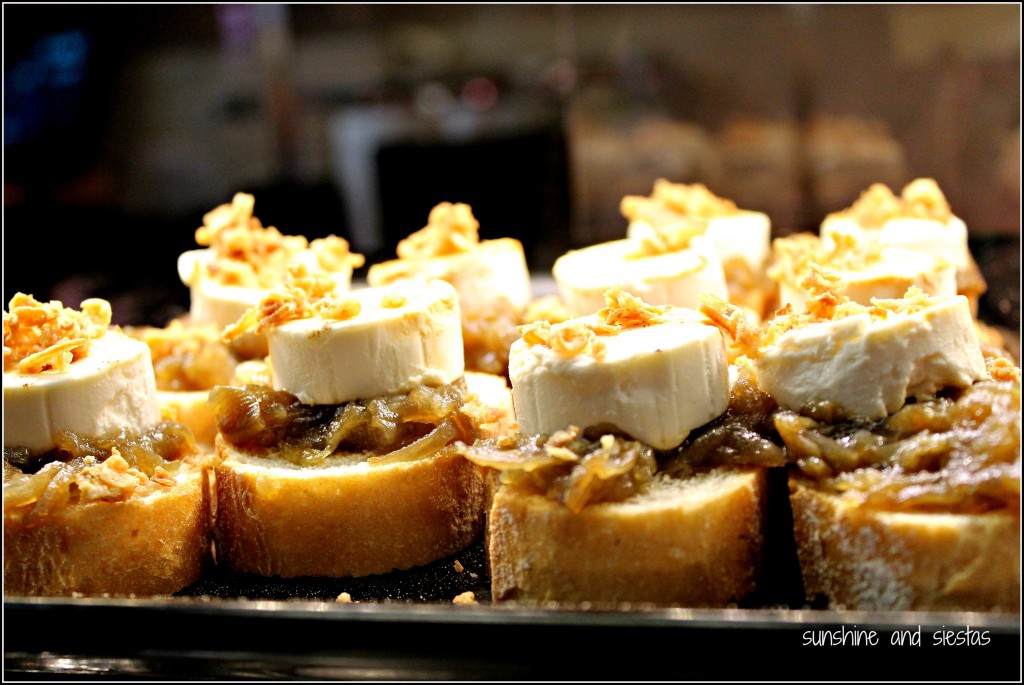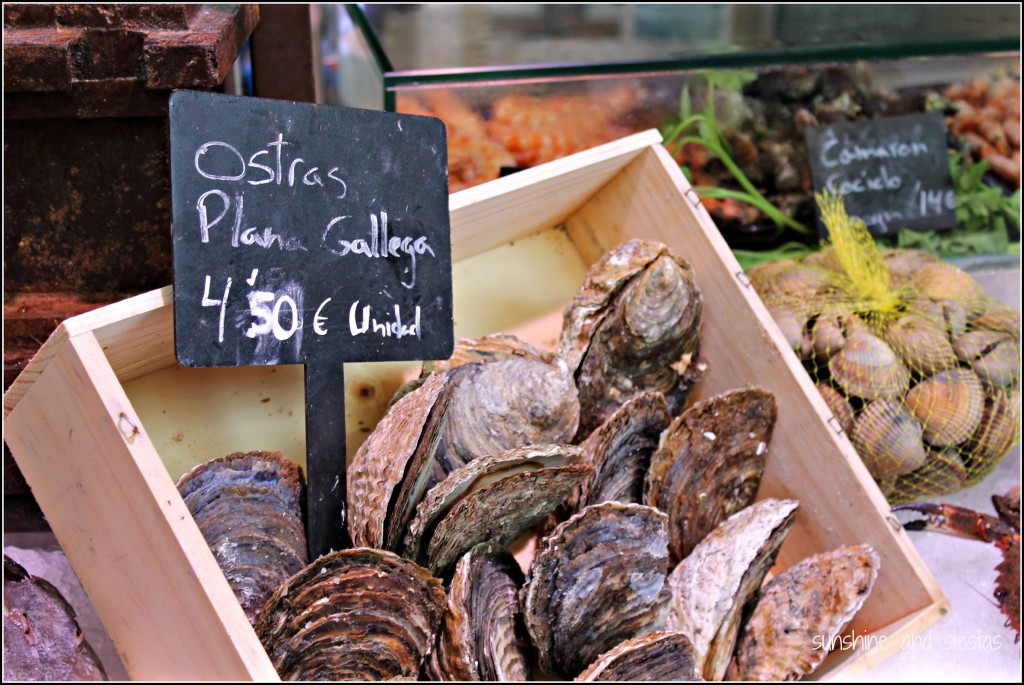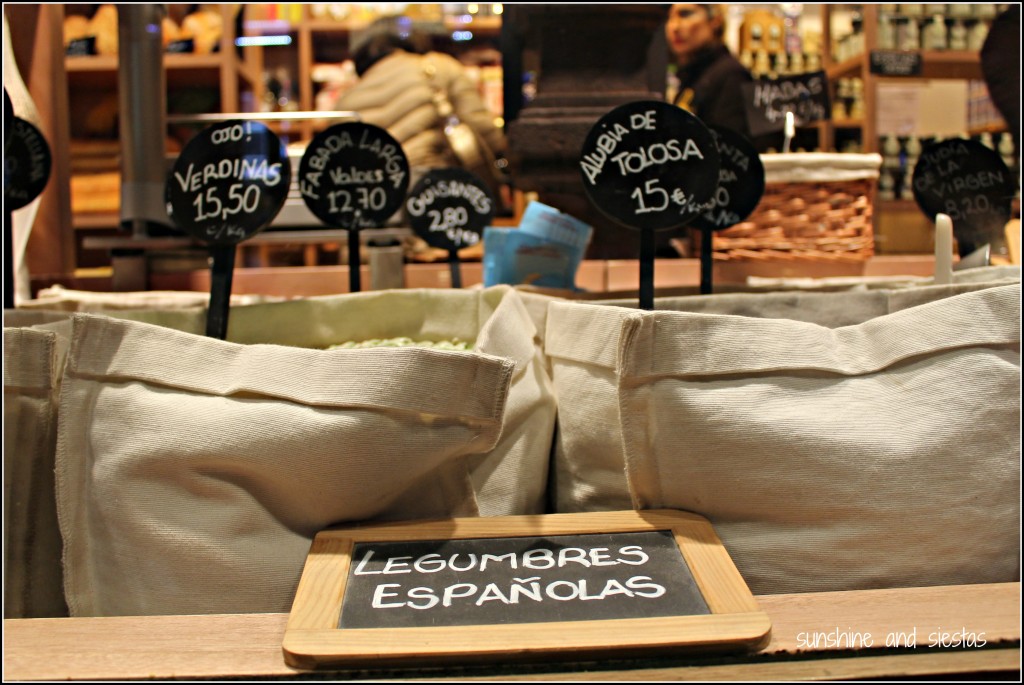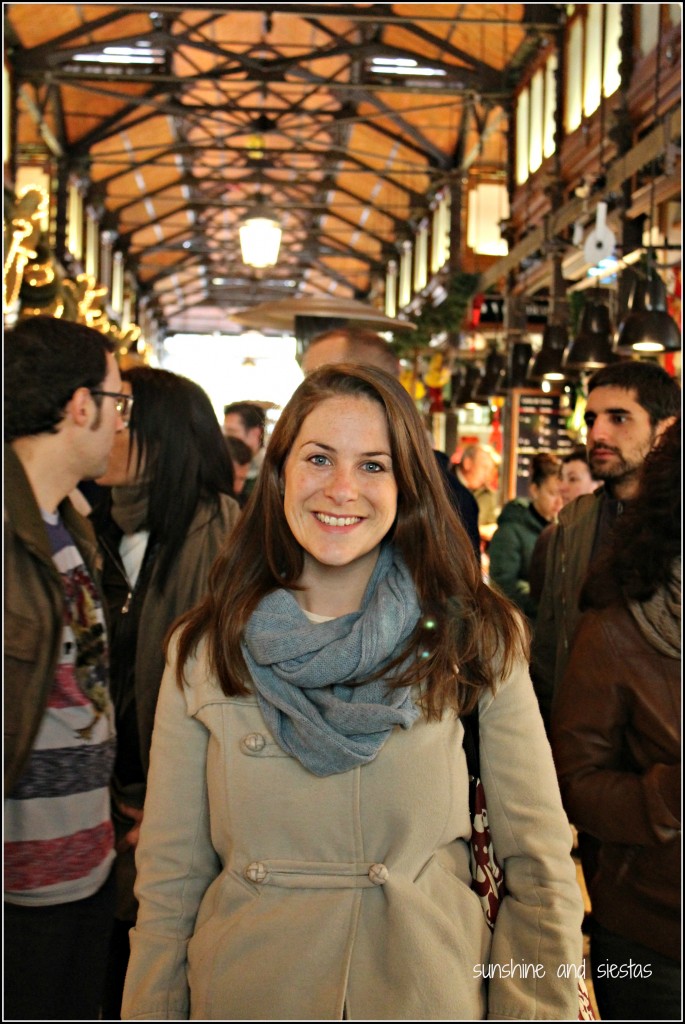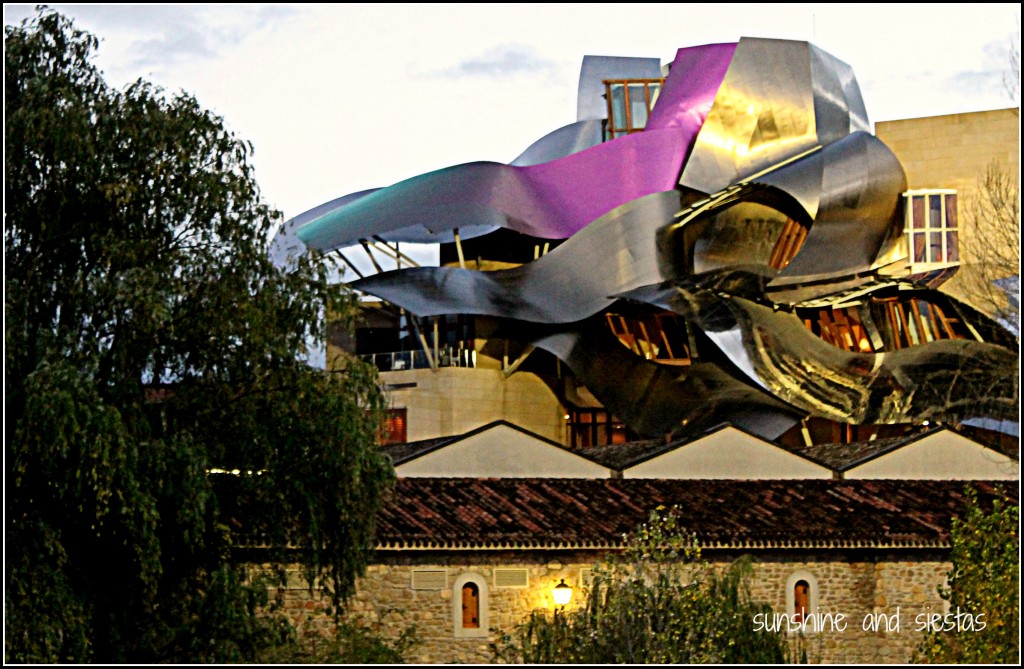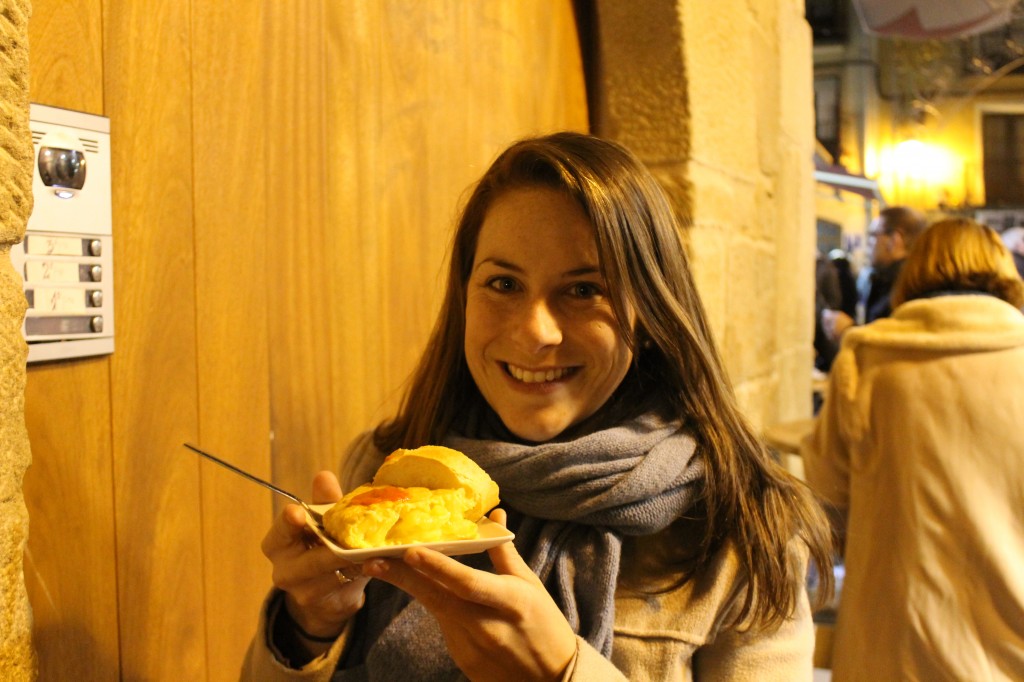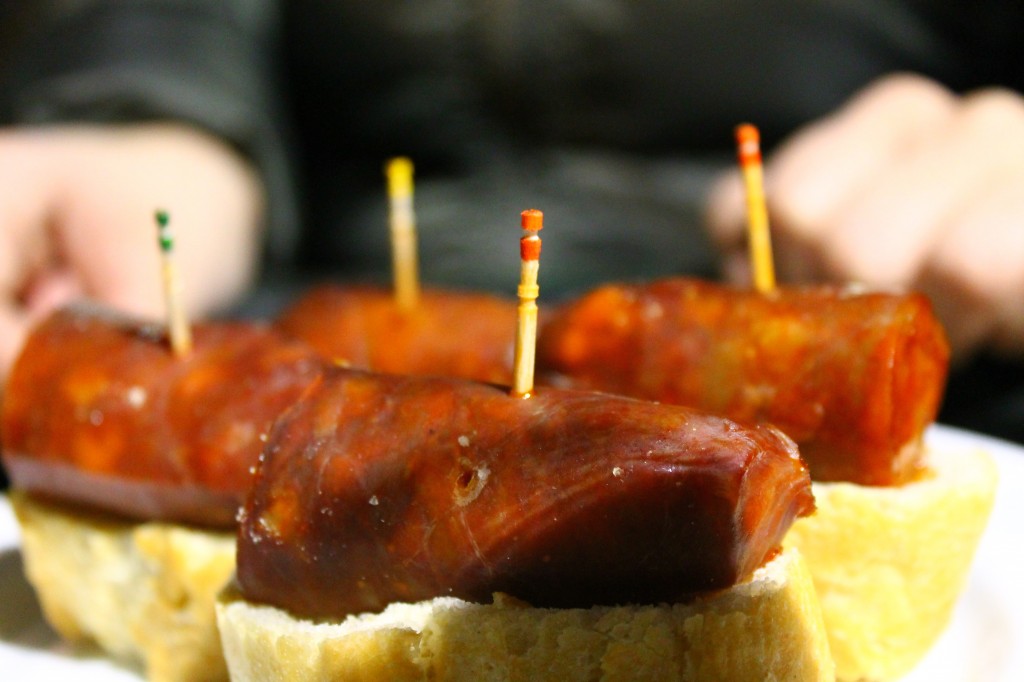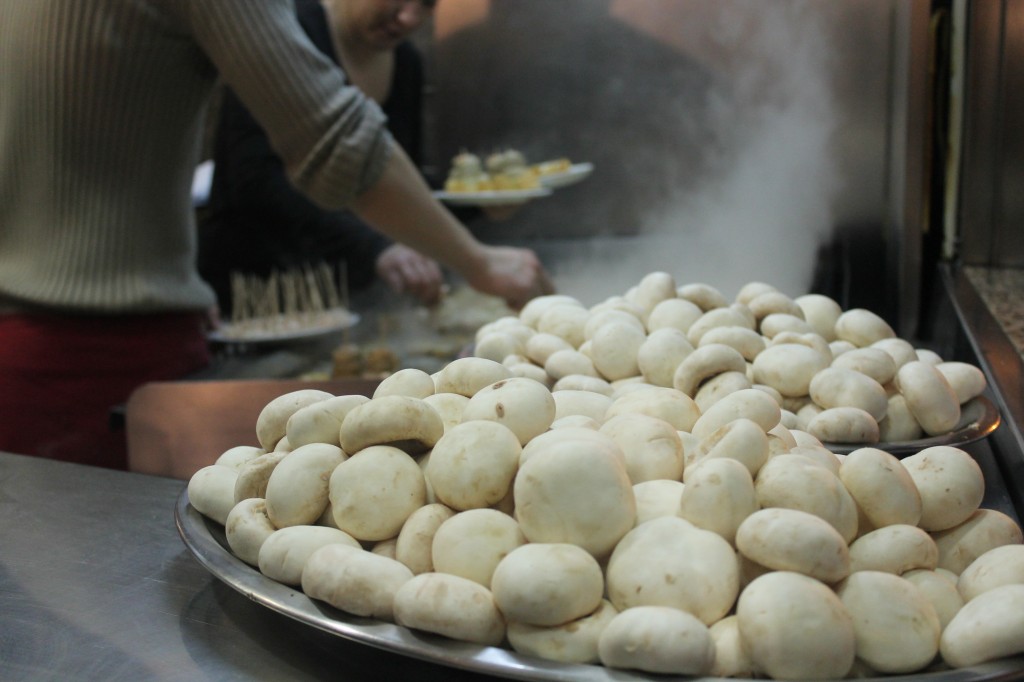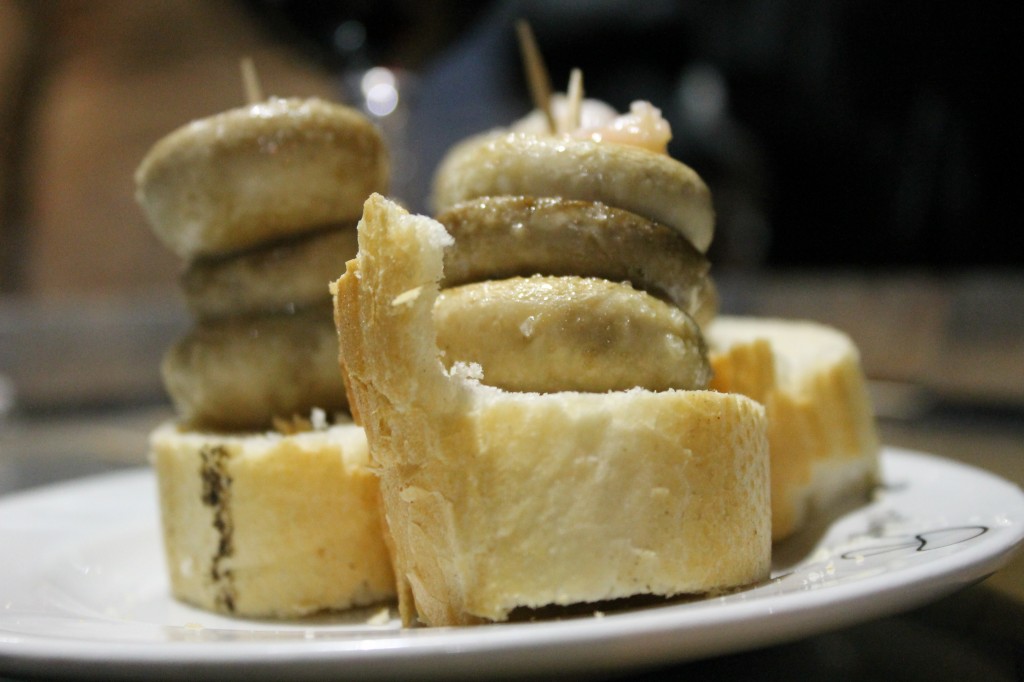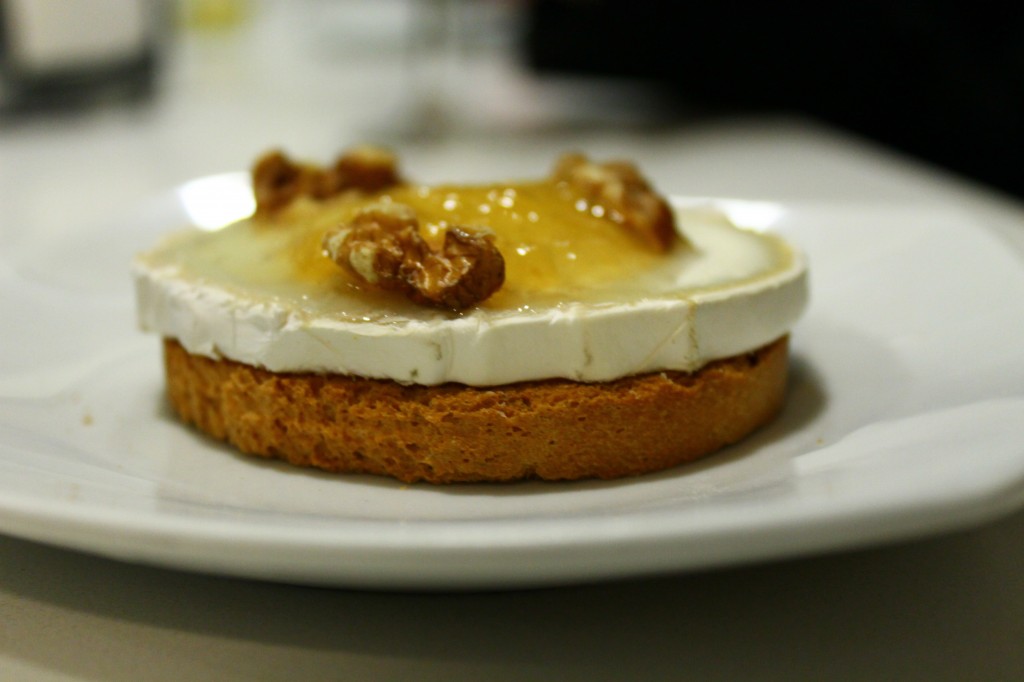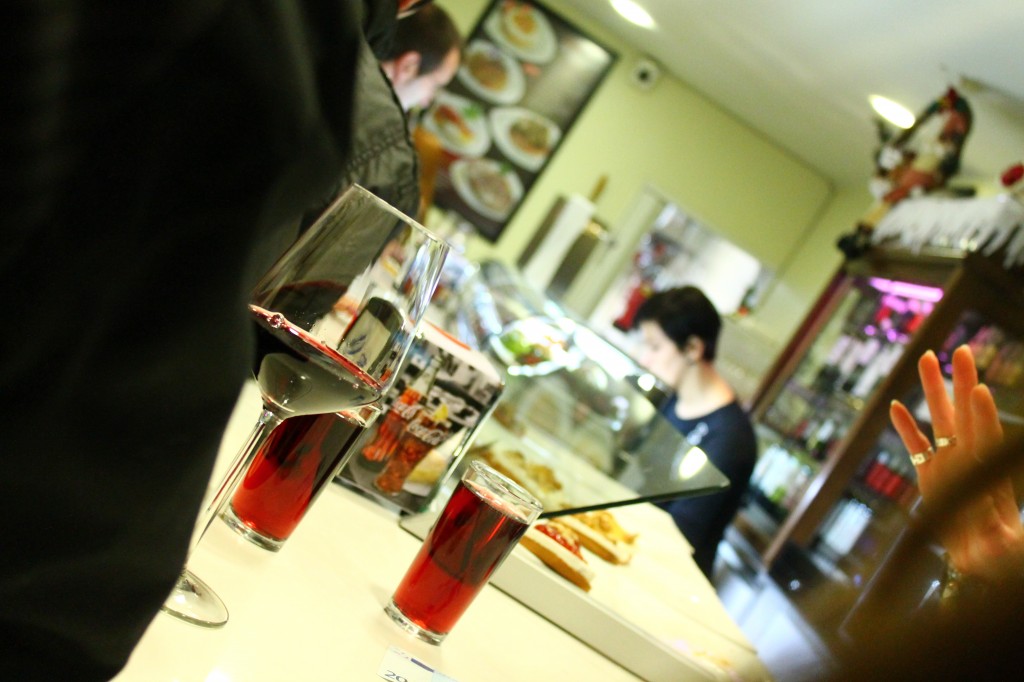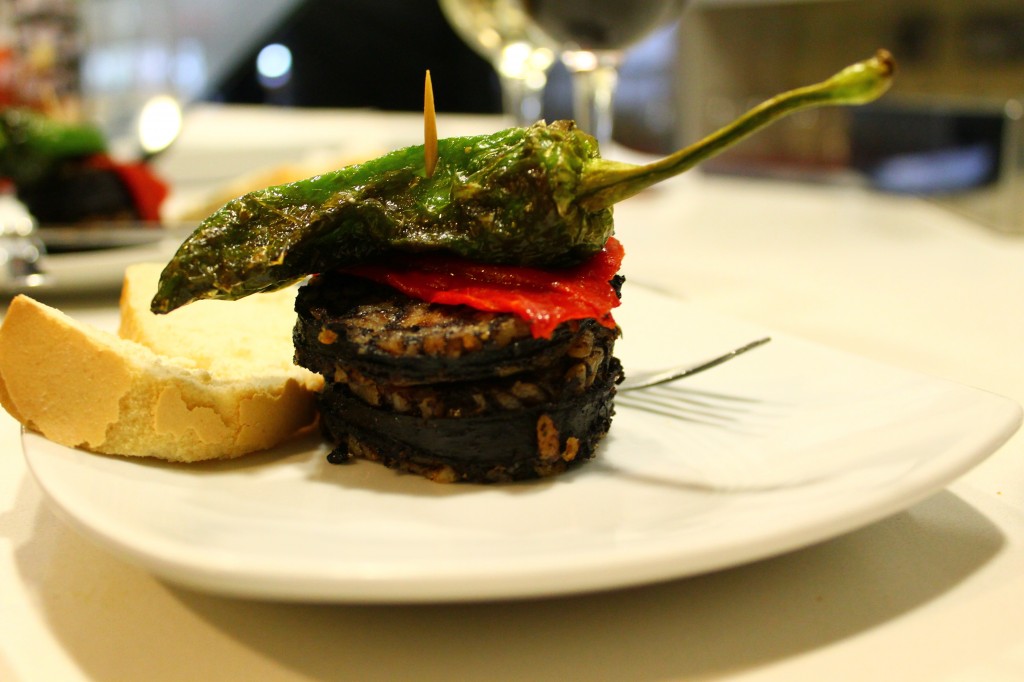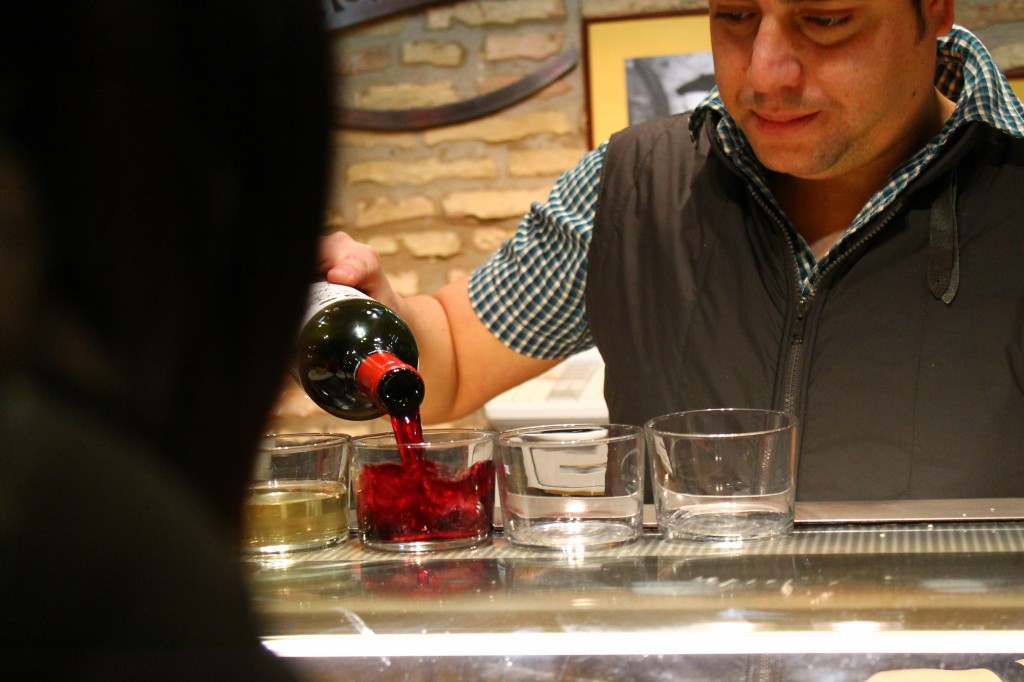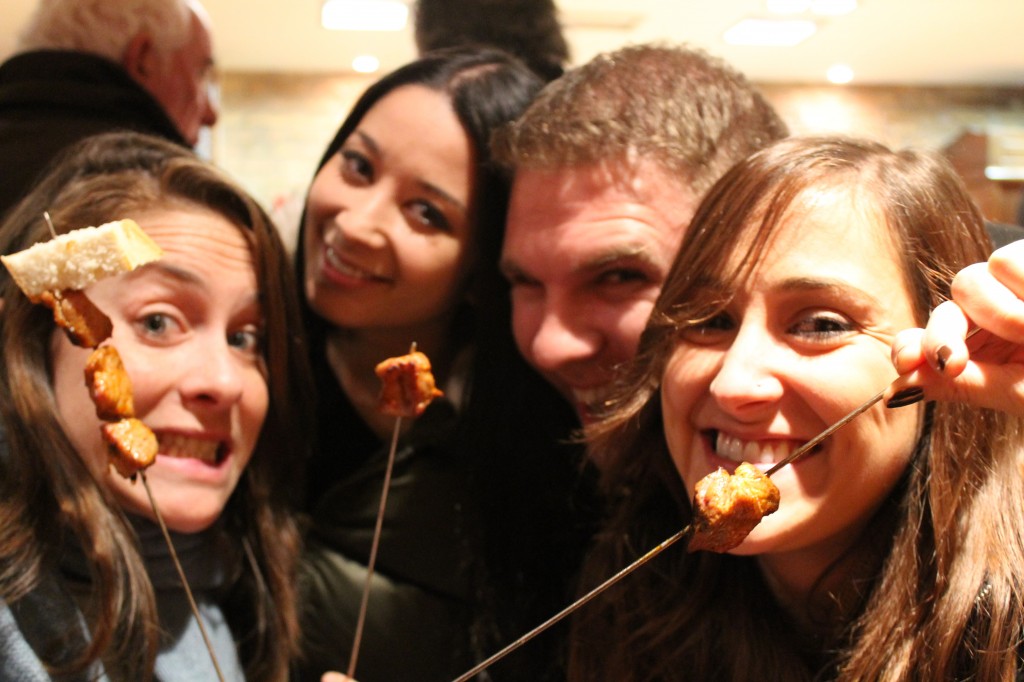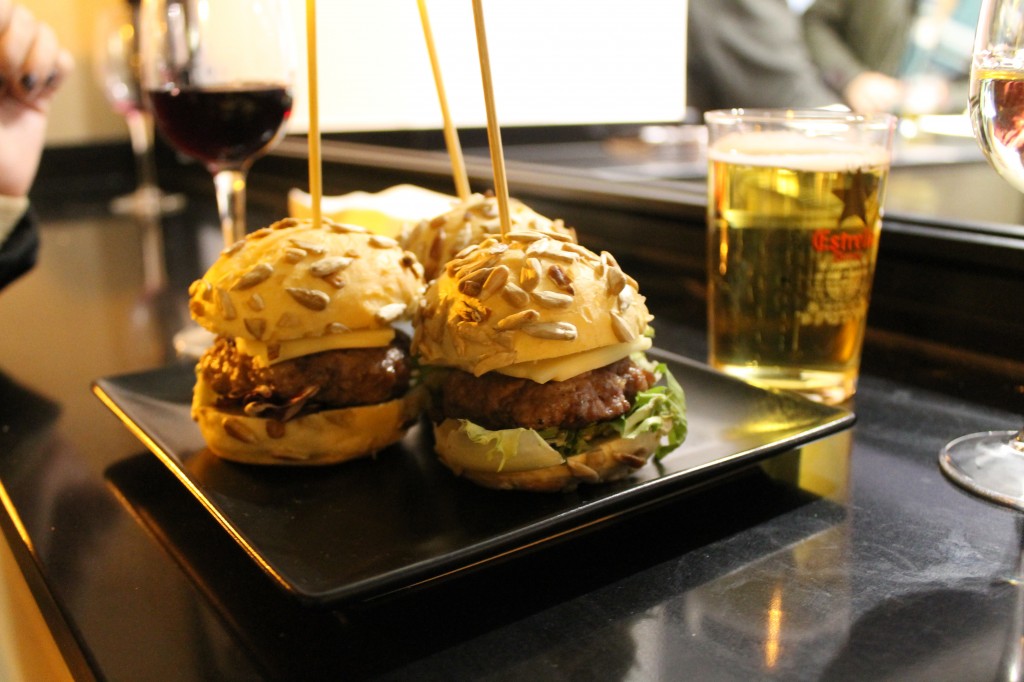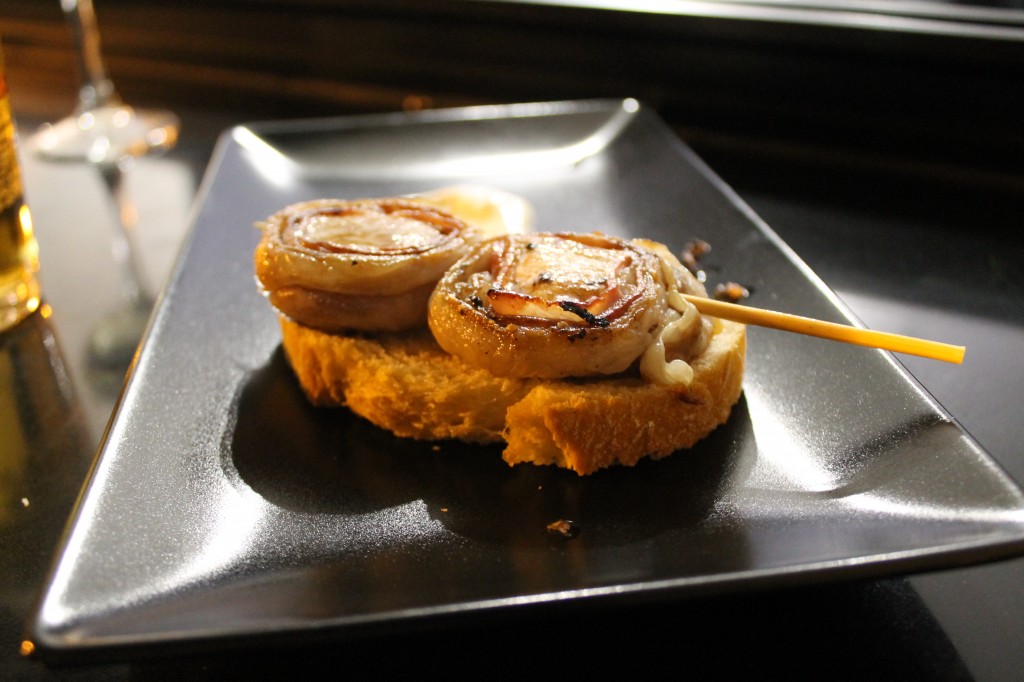You should blame my host family for my love of wine. Not used to drinking with dinner, they’d top up my glass with rich Ribera del Duero wines, saying it was all part of the cultural experience.
(if only I had a euro for every time someone told me wine is part of the cultural experience in Europe.)
Thanks to the arid temperatures, firm soil and river terraces, the Denominación de Origen La Rioja and the Duoro river regions of Spain and Portugal have become top wine-producing (not to mention an award-winning) regions in Europe. After a trip last year to Porto and several master’s projects centering on wine, I became hooked on vinos from lesser-known regions of both Spain and Portugal. Now that the harvest season is here, I find myself spending more time in the wine aisle of my supermarket, curious about where my palate can take me.
Here are some of my new favorites:
Madeira
Unbeknownst to me, Madeira wines of Portugal are up and coming, thanks to their wide range of grape varieties grown on this small island in the Atlantic. If variety is the spice of life, Madeira wines have it all – ranging from dry to sweet, and even used for cooking purposes. What’s interesting about these wines is that they can stay good after being opened, thanks to the extreme temperatures in which the grapes are grown. Madeira wines are becoming increasingly popular in the US, though they haven’t taken hold in Spain.
Ribera de Guadiana / Tierra de Barros
After my master’s program assigned us a case study on increasing wine sales internationally (my type of project, clearly), I learned about the wine region we’d chosen, based on having a group member in Cáceres. This region encompasses two dozen grape varieties, the most prominent of which is the garnacha. Their latest harvests have been classified as Very Good, and I find the reds complement the typical foods of the region quite well, particularly ham, migas and embutidos.
Jumilla
When the Novio and I were visiting Murcia last year, I searched for something to do besides eat baked octopus. Unbeknownst to me, Murcia hosts the Jumilla wine region, the breeding ground for the monastrell grape variety. The wines we tried at Bodegas Garcia Silvano were deep and woodsy, and you can find them at Mercurio Gastrobar in Triana.
Speaking of, there are loads of wine bars and specialty shops in Seville, and I’d recommend lunch La Viñería de San Telmo, Flor de Sal for Spanish wine tastings with Andre, or checking out the Viñafiel wine store near the cathedral.
This post was made possible by Tesco Wine.
Have you ever tried any of these DO wines? What Iberian wines are your favorites? Lauren explained five interesting facts about Spanish wines – check it!
